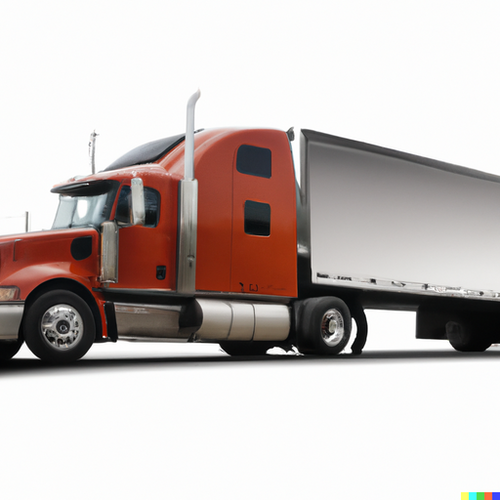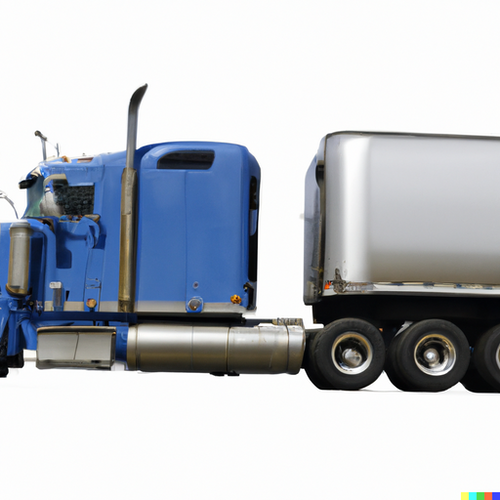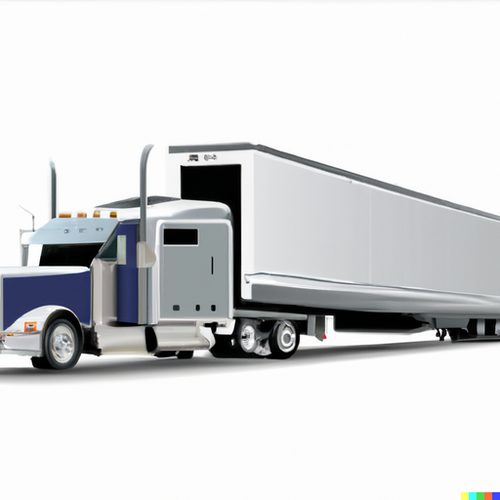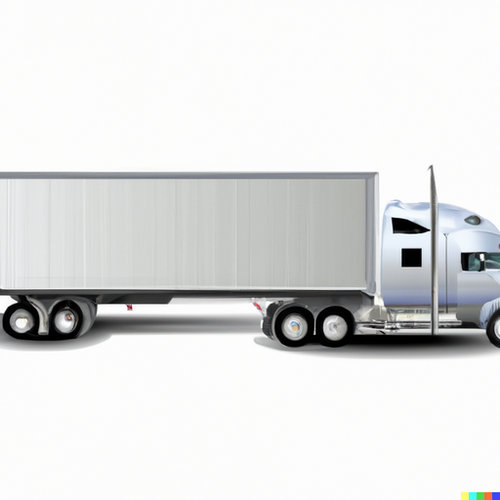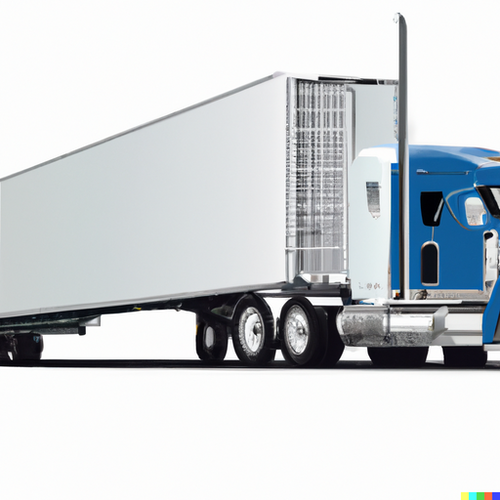Health Issues for Truck Drivers
The effects of health issues on road safety
The life of a trucker is often portrayed as a romantic in popular culture with images of open roads as well as the allure of the sky. But, underneath this glamor lies a tough job, strewn with health concerns that can directly and indirectly result in accidents. This article delves into the intricate connection between truck driver health concerns and their implications for road safety.
1. The Sedentary Nature of the Job:
The work of truck drivers requires long hours of sitting and a lack of physical movement. The sedentary lifestyle could lead to a range of health issues, including obesity, cardiovascular diseases, and musculoskeletal issues. These health issues can make it difficult for drivers to react quickly in an emergency situation which increases the likelihood of an accident.
2. Sleep Disorders
Sleep apnea refers to a condition in which breathing repeatedly stops and then restarts during the night. It is common among truckers due to overweight and unhealthy lifestyle choices. This disorder leads to an insufficient, unrestorative sleep pattern, that can result in daytime drowsiness as well as reduced alertness, and impaired cognitive function, all of which are detrimental to safe driving.
3. Dietary Challenges
The ability to eat healthy meals on the road is difficult. Fast food and processed snacks are usually the only options for motorists, which can lead to poor nutrition. Diabetes, hypertension and a host of other ailments may be caused by a diet that is high in fats and sugars that are unhealthy.
4. Mental Health Concerns:
Driving a truck can be lonely Particularly if you have to spend long periods away from. This, in conjunction with the fact that you're away from your family can trigger feeling of depression, anxiety and isolation. Mental disorders can impact drivers' concentration and ability to make decisions or respond effectively to road conditions.
5. Vision Impairments:
Regular health check-ups might be a luxury that some truck drivers don't have due to their nomadic lifestyle. Incorrectly treated vision issues due to diabetes, aging or other conditions can affect the ability of drivers to gauge distances or identify hazards.
6. Substance Abuse:
Many truck drivers resort to alcohol or prescription drugs to deal with the pressures of their job. Substance abuse not only impairs judgement and reduces reaction time but can also lead to an overconfidence or drowsiness - a dangerous combination on the road.
7. Chronic Pain and Medication
The physical demands of unloading and loading cargo, combined with prolonged sitting, can lead to chronic pain, specifically in the back and neck. Drivers can take prescription or over-the-counter medication to alleviate pain. However, these drugs may cause drowsiness or less alertness.
8. Stress and Fatigue
Stress can result from having to navigate in traffic, meeting deadlines for deliveries, or dealing with bad weather. Stress can cause fatigue, reducing the capacity of a driver to focus and increasing the risk of committing errors.
9. Lack of Regular Medical Check-ups
With their constant travel, many truck drivers miss regular health checks. This can mean that possible health problems are not detected and treated at a early phase, which could lead to their severity increasing and eventually hindering the ability of drivers.
10. Solutions and Proactive Measures
Health Screenings: Employers should encourage drivers to undergo regular health screenings to spot and treat any potential health issues before they become serious.
Dietary interventions: By providing drivers with healthy choices for food at truck stops, as well as teaching them about diet, you can promote better choices regarding their diet.
Mental Health Support - Offering counselling, helplines, and support groups for drivers can help them cope with the challenges they encounter in their field.
- Ergonomic Cab Design: Enhancing the ergonomics of truck cabs can lessen the physical strain placed on drivers, thus reducing the chance of developing musculoskeletal problems.
Education and Awareness: Ensuring that you educate drivers on the dangers associated with certain health issues and medications can lead to safer driving habits.
Conclusion:
The health of truck drivers is inextricably linked to the safety of our roads. These drivers form the foundation of the logistics industry and are entrusted with a large amount of responsibility. Insuring the health of their drivers is not just a gesture of kindness however, it is a critical factor in ensuring safer roads. As people become more aware of the challenges and the need for a united effort from trucking companies, health professionals as well as policymakers can clear the way for better drivers and safer roads.
